
Fontana Greca
A Renaissance masterpiece in Gallipoli, this Greek Fountain tells tales of mythology and history, serving as a beautiful gateway to the old town.
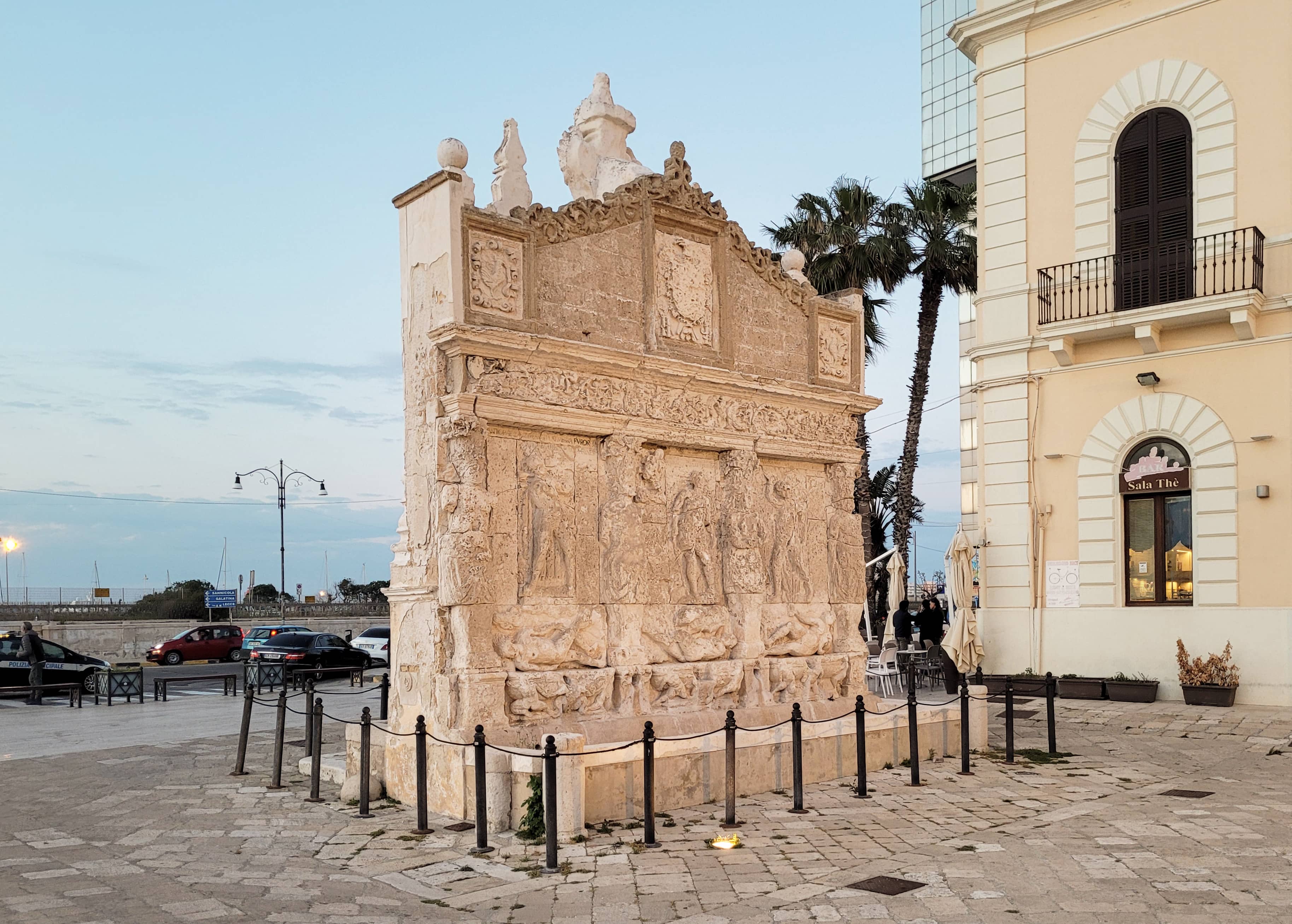
Highlights
Must-see attractions
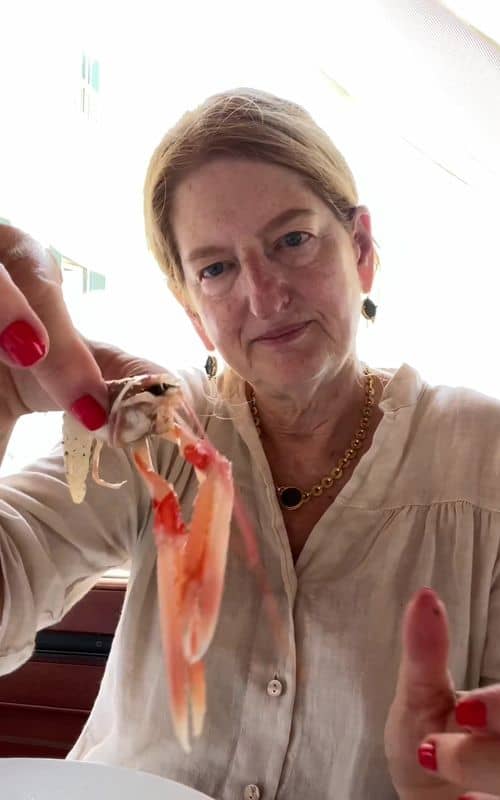
Social
From TikTok & Reddit
Best Time
Pleasant weather, fewer crowds

Fontana Greca
Best Time
Pleasant weather, fewer crowds

Highlights
Must-see attractions
A Renaissance masterpiece in Gallipoli, this Greek Fountain tells tales of mythology and history, serving as a beautiful gateway to the old town.
"It's beautiful but there is so much beauty in Athens that it's hard to pinpoint. What is more beautiful than yet next!"
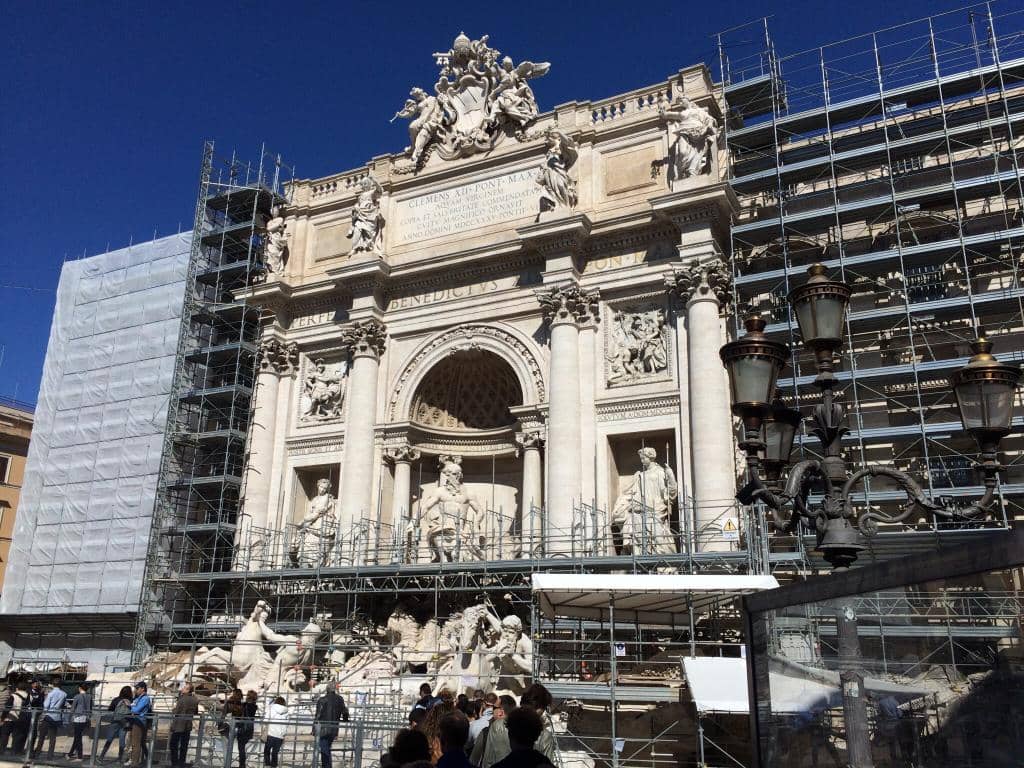
📸 Capture the Details
Take your time to admire the intricate carvings and the fountain's overall structure. Early morning light is best for photos.
🚶♀️ Explore the Surroundings
The fountain is a great starting point to wander through Gallipoli's historic center and discover its hidden gems.

Highlights
Discover the most iconic attractions and experiences

The Mythological Sculptures
Piazza Aldo Moro
Admire the intricate carvings depicting Dirce, Salmacis, and Biblis, each with a poignant tale of love and transformation.

Renaissance Architecture
Piazza Aldo Moro
Appreciate the craftsmanship of this 16th-century fountain, a testament to Gallipoli's historical significance.
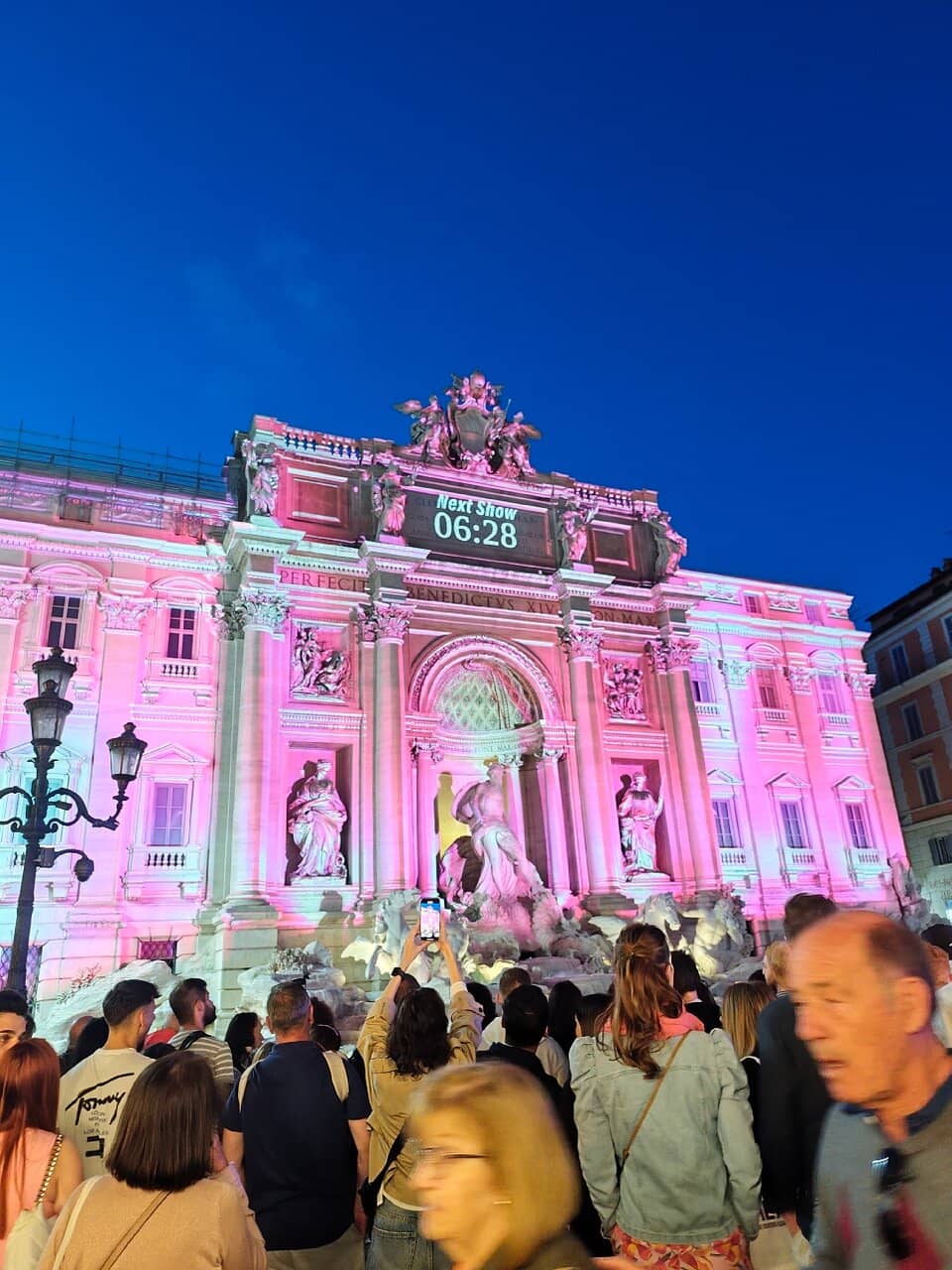
Gateway to Old Town
Bridge connecting old town to mainland
Its strategic location makes it a perfect starting point for exploring Gallipoli's charming historic center.
Plans like a pro.
Thinks like you
Planning Your Visit
Timing is Everything
A Fountain of History
Best Times
Insider Tips
from TikTok, Instagram & Reddit
📸 Capture the Details
Take your time to admire the intricate carvings and the fountain's overall structure. Early morning light is best for photos.
🚶♀️ Explore the Surroundings
The fountain is a great starting point to wander through Gallipoli's historic center and discover its hidden gems.
📚 Learn the Lore
Research the myths of Dirce, Salmacis, and Biblis beforehand to truly appreciate the fountain's stories.
💧 Not a Working Fountain
Don't expect to get water here; it's a historical monument, not a functional water source anymore.
Tips
from all over the internet
📸 Capture the Details
Take your time to admire the intricate carvings and the fountain's overall structure. Early morning light is best for photos.
🚶♀️ Explore the Surroundings
The fountain is a great starting point to wander through Gallipoli's historic center and discover its hidden gems.
📚 Learn the Lore
Research the myths of Dirce, Salmacis, and Biblis beforehand to truly appreciate the fountain's stories.
💧 Not a Working Fountain
Don't expect to get water here; it's a historical monument, not a functional water source anymore.
What Travellers Say
Reviews Summary
Visitors find Fontana Greca to be a historically significant and artistically interesting monument, particularly appreciating its mythological sculptures and Renaissance craftsmanship. While some note it's no longer a functional fountain, its charm and location as a gateway to Gallipoli's old town are widely praised.
"A touchy story...
A long long time ago, gods lived amongst men and often they would unite with them in splendid marriages from which heroes, nymphs and semi-gods were born. Among them were three beautiful, young and graceful nymphs. Water nymphs called Dirke, Salmacis and Biblide.
The story told about them is different, a more illustrious story, but we like to tell the more obscure one. They came from Greece one day, to find refuge in Salento, in the delightful and beautiful town of Gallipoli. Their past wasn’t bright like the sun that shines at midday in Gallipoli, neither was it serene like the skies, always moving under the wind, in Salento, nor joyful like the local inhabitants. Dirke had been betrayed by her husband and jealousy had driven her to madness. Now she was serene only in the shade of the olive trees in the hills. Salmacis loved a semi-god so much that she was annulling herself completely for him, while Biblide spent years chasing an impossible love and now they would spend their days laughing and joking on the beach, forgetting all their suffering. Finally they were here, in an eternal holiday in Puglia. They had found peace and they wouldn’t exchange it for anything in the world.
But Zeus discovered their refuge and decided to punish them with drought. One year, the drought was so bad and harsh that the people were crippled. The days went by and there was no sign of rain. The blond wheat wouldn’t grow, animals died of thirst. So, the people from Gallipoli asked the three nymphs to help them: “We beg you, goddesses, help us find water”. For three days and three nights, the three nymphs tried to think of a way to help these people that had been so welcoming and had given them their happiness back and in the end they found a solution. Through their knowledge of water and a lot of effort, they chose the best stones of the land of Salento, the white and ductile stone, the calcareous one. With their divine hands, they dug a well to bring out water from underground and on that well they built a grand fountain in the heart of the town. Water began to spring fresh and pure and everyone came immediately to admire this prodigy. Everyone was so happy that Gallipoli celebrated the end of the drought for three days.
So Zeus, still angry with the fugitives but a little moved by the gesture of gratitude made by the nymphs, decided to transform them into splendid statues on that fountain, so they would remain with their dear inhabitants of Gallipoli forever, admired by everyone and remembered in the centuries to come."
Mici Vu
"The Fontana Greca (Greek Fountain) in Gallipoli, Italy, is near the bridge connecting Gallipoli’s old town to the mainland. While no longer operating as a functional fountain, it has an interesting past.
It was originally believed to date back to the 3rd century BCE, aligning with Gallipoli’s ancient Greek roots, but now it appears that it was constructed during the Renaissance period, around the 16th century. The fountain has undergone several relocations: and moved to its current location by 1560. 
It’s about 5 meters tall and depicts three mythological tales: 
• Dirce: The queen of Thebes, punished by being transformed into a stone fountain by Dionysus.
• Salmacis and Hermaphroditus: Their union led to a single, androgynous being, symbolizing unity.
• Byblis: Her unrequited love for her brother Caunus led to her transformation into a fountain of tears. 
In the 1950s, locals without running water would collect water from its trough, transporting it in barrels via donkey-drawn carts to their homes.  
Located in Piazza Aldo Moro, the Fontana Greca is easily accessible and free to visit. It’s near other attractions, such as the Castello di Gallipoli and the Cathedral of Sant’Agata.
Visit “The Four Chains Travel” on YouTube to see our Italy travel videos and reviews."
angie moran
"When we were there, this fountain was not spewing water.It would have been a relief to the ninety plus degree weather that we were having! It is beautiful but there is so much beauty in Athens that it's hard to pinpoint.What is more beautiful than yet next!"
Noelle Marozeau
What People Like
What People Dislike
Frequently Asked Questions
🚇 🗺️ Getting There
Fontana Greca is located in Piazza Aldo Moro, near the bridge connecting Gallipoli's old town to the mainland. It's easily accessible on foot once you're in the historic center. If arriving by car, look for parking near the old town entrance.
Yes, it's a prominent landmark situated on the main route into the historic center, making it hard to miss.
Gallipoli is accessible by train from Lecce, or by car via the SS101 highway. The nearest airport is Brindisi (BDS).
🎫 🎫 Tickets & Entry
No, Fontana Greca is a public monument and can be visited for free.
As it's an outdoor monument in a public square, it's accessible at all times. However, visiting during daylight hours is recommended for better viewing.
There is no entrance fee; it's a free-to-visit historical site.
🎫 🧭 Onsite Experience
Fontana Greca, or Greek Fountain, is a historical monument in Gallipoli, Italy, dating back to the Renaissance period. It features sculptures depicting mythological tales.
No, it is no longer a functional fountain but serves as a historical and artistic monument.
The fountain depicts the myths of Dirce (punished queen), Salmacis and Hermaphroditus (symbolizing unity), and Byblis (fountain of tears from unrequited love).
A brief visit of 15-30 minutes is usually sufficient to admire the fountain and its sculptures.
Yes, children can appreciate the visual aspect of the fountain and the stories behind it, especially if explained.
📸 📸 Photography
Early morning or late afternoon offers softer light and fewer crowds, ideal for capturing the fountain's details.
No, photography is generally permitted as it's an open public space.
Experiment with different angles to capture the sculptures and the fountain's architectural details. Consider including the surrounding piazza for context.
For Different Travelers
Tailored advice for your travel style
👨👩👧 Families with Kids
🏛️ History Buffs
📸 Photographers
Deep Dives
In-depth insights and expert knowledge
The Mythology Behind the Monument
Originally believed to date back to the 3rd century BCE, aligning with Gallipoli's ancient Greek origins, current scholarship suggests the fountain was constructed during the Renaissance period, around the 16th century. It has also undergone several relocations, with its current position established by 1560. This history underscores the fountain's enduring significance and its journey through Gallipoli's past. It's a piece of history that has witnessed centuries of change, yet its mythological narrative remains timeless.
Fontana Greca's Role in Gallipoli's History
Its location in Piazza Aldo Moro, near the bridge connecting the old town to the mainland, makes it a significant landmark and a natural starting point for exploring the historic center. Visitors often find it on their way to or from the Castello di Gallipoli and the Cathedral of Sant'Agata, making it an easily integrated stop on any itinerary. The fountain's presence contributes to the overall charm and historical ambiance of the area, offering a glimpse into Gallipoli's rich past and its enduring connection to art and mythology.


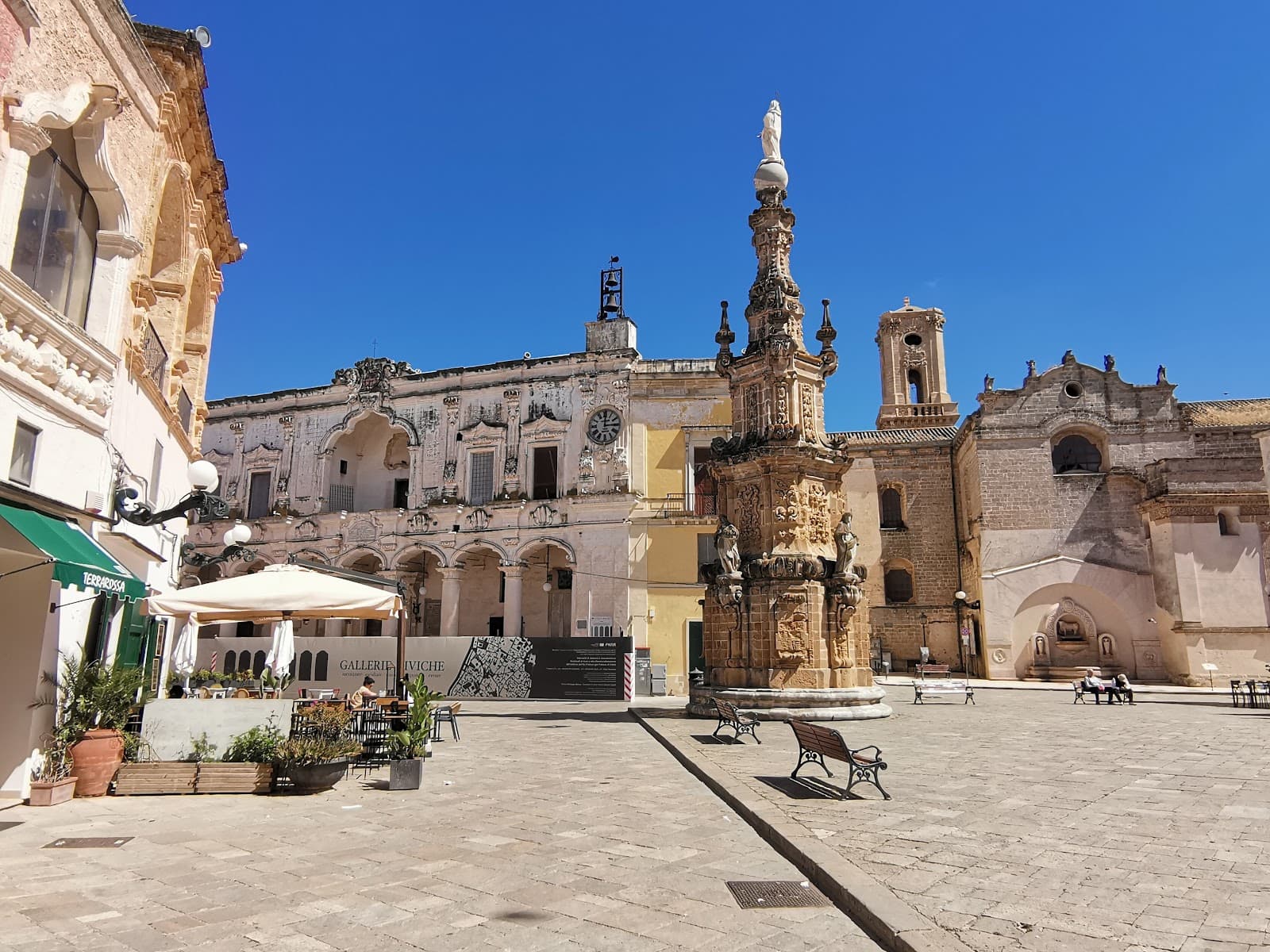
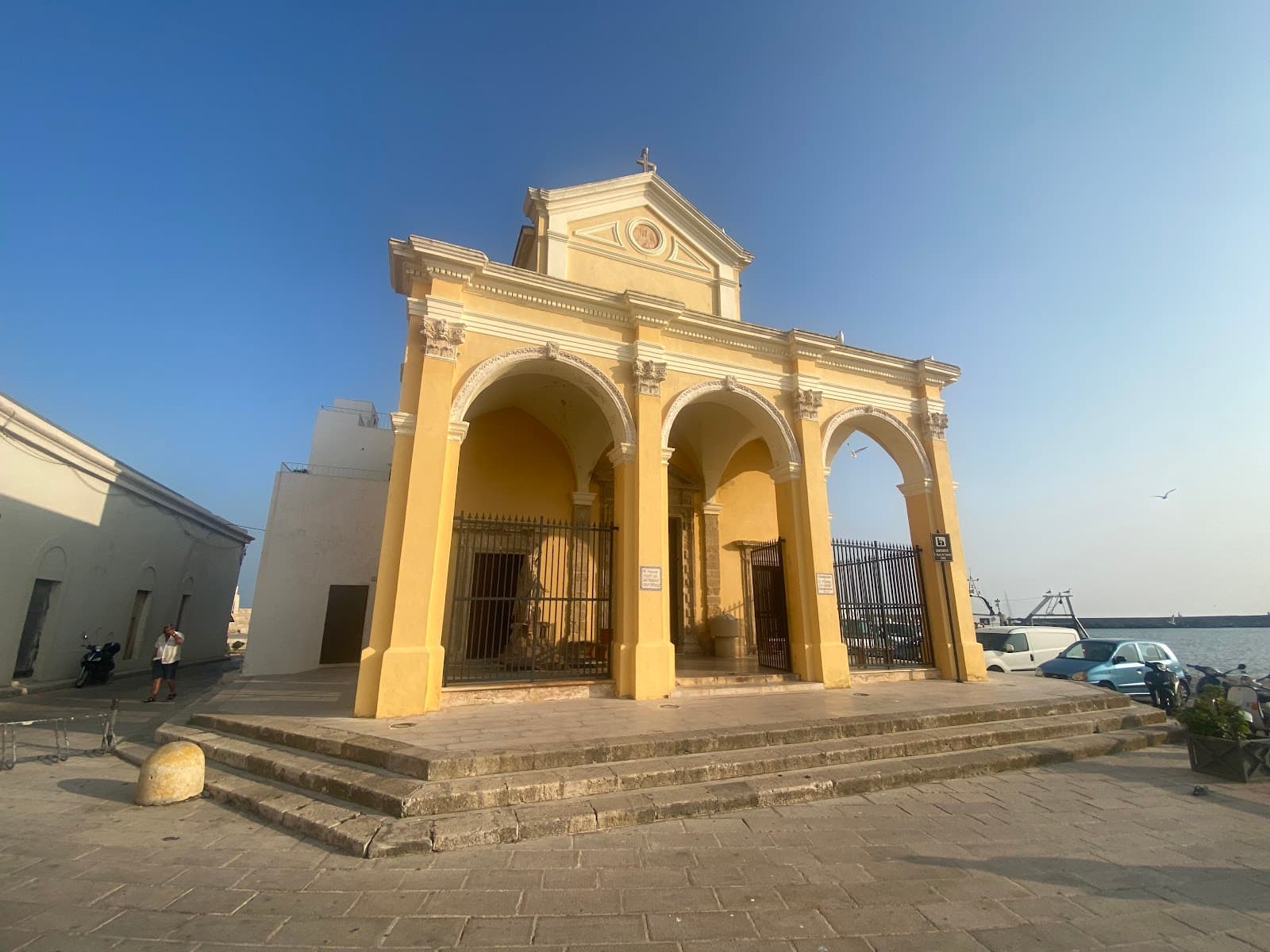
Social
from TikTok, Instagram & Reddit